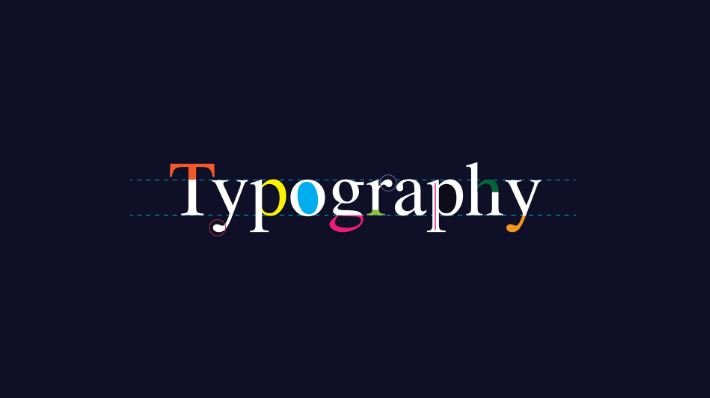Typography plays a very important role in this fast-changing design world, usually overlooked. It involves more than just font selection; rather, it is an avenue for communicating a message and touching emotions, hence enhancing user experience. We deep-dive into the importance of typography to visual communication, the best ways to make typography work, and the latest trends shaping the design landscape.
Importance of Typography
Typography design represents a crucial element in visual communication. Not only does it give the principles Oon Readability, but it also helps in creating brand perception. Good typography does the following:
Improves Readability: The right choice of font will make the reading experience much easier for users; hence, making them scan information much quicker.
Creates Brand Identity: Typography can be a great way to enhance brand personality. For instance, a tech company can use sleek and modern fonts, while a company dealing in the luxury sector may have fonts Which are Elegant, Serif
Dictates User Experience: The layout and typography can guide the users’ attention or direct it, improving navigation on websites or apps.
Best Practices for Designing Typography
In designing effective typography, one should note the following tips:
Choice of Appropriate Font: This involves choosing fonts that are representative of your message and tone. Sans-serif fonts are commonly used for digital content, as they have clean lines, while serif fonts can denote tradition and reliability.
Attention to Size and Hierarchy: Use font sizes to introduce order into the notice of your user when he goes through your content. Headings should be outstanding, while body text should be highly readable.
Watch Color and Contrast: Use ample contrast between text and background colors for better readability. Also, it is important not to overuse color, which might take attention from the content.
font varieties in your design, and use one font family throughout your design for coherence.
Typography Trends and Innovations
Typography is an ever-changing world because it is always subjected to some new trends. Following are a few current innovations to watch:
Variable Fonts: These allow for multiple styles and weights within one and the same font file, affording greater flexibility in design.
Responsive Typography: As more and more users start accessing content through their mobiles, responsive typography will automatically adjust font sizes and layout per screen size for maximum readability.
Custom Typography: Brands are just starting to depend on a custom typeface as one sure fire way to differentiate and create an identity.
Conclusion
Typography design is a crucial part of effective communication in the digital era. By grasping the importance and utilizing best practices, designers can create visually appealing and functional designs that stick with users. Trends keep on developing; therefore, staying up-to-date with the latest inventions will help keep your typography fresh and eye-catching.


